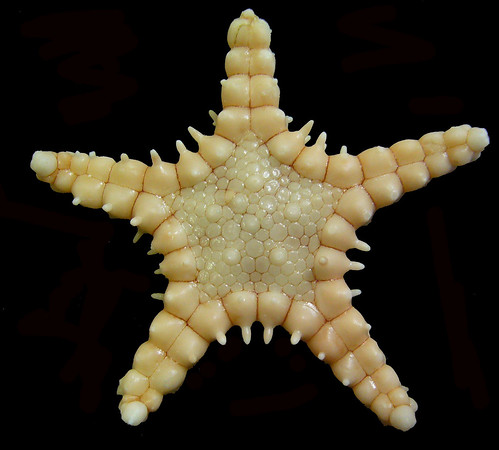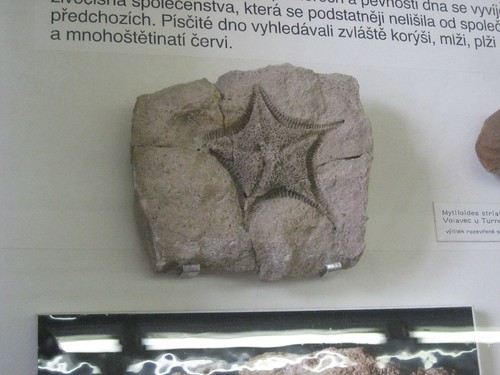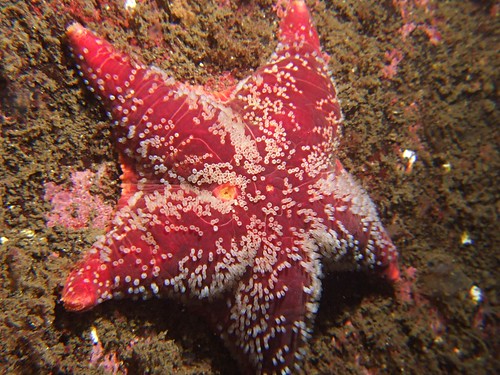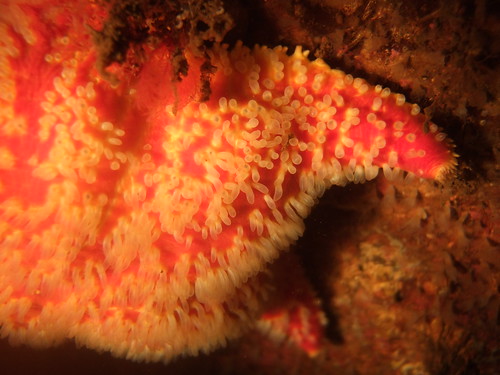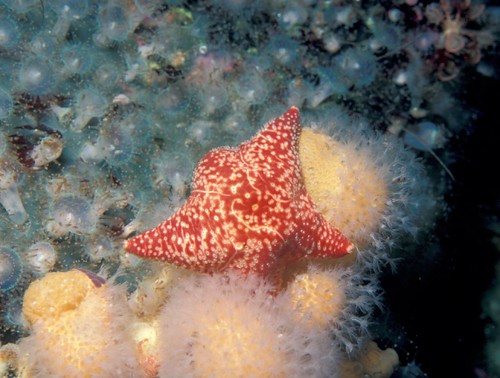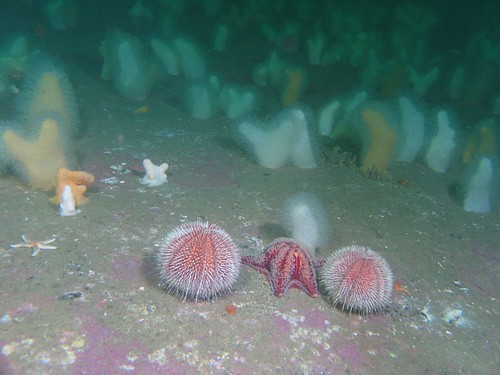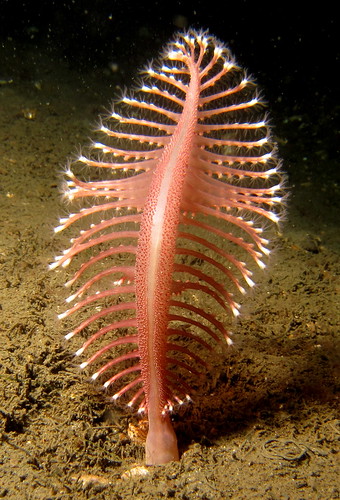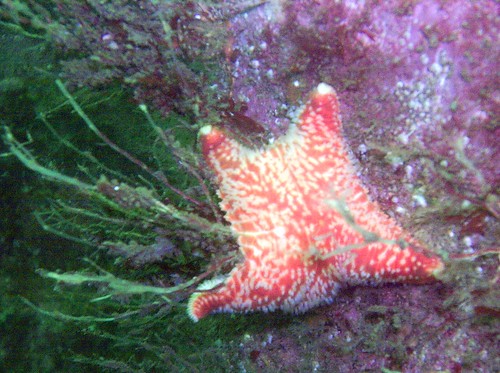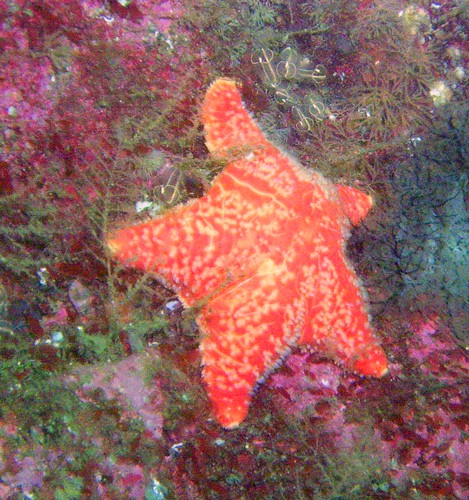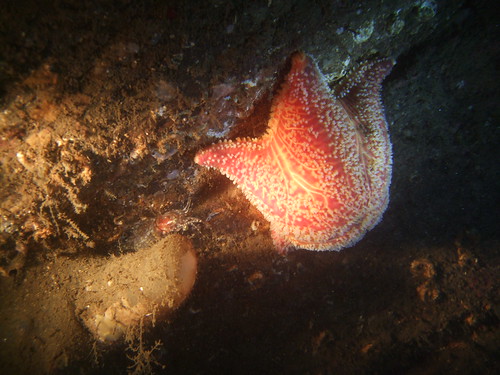 |
| Fantastic image by Chelsea L. Wood |
And to the flatworm and parasitic worm people reading this? YES, I know flukes aren't free-living flatworms. It rhymed! So go with it for now. thanks for your patience!
Flatworms aka the Platyhelminths (in Greek-literally the "flat worms") look like living carpets. They are mostly predatory, but may also feed on small organic particles and live all over the place. They can be parasites, such as tapeworms or free-living beasts such as the one featured in the collage below.
These include the familiar Dugesia-that you find in high school biology (brown with arrow shaped head and two weird eyes) to these big, colorful species that live throughout the tropical Atlantic and Pacific. There are some 4500 recognized species of free-living flatworms..
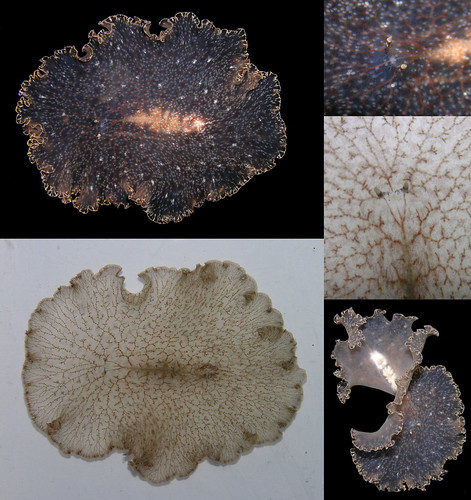 |
| An awesome collage by Arthur Anker! |
another in Biological Bulletin 169: 182-198 (also by Shinn) and this one, from Canadian J. of Zoology 61(4): 750-760 which describes the species living in the sea cucumber
What's interesting about the ones that I'll be talking about is that none of these is exclusively parasitic (such as a tapeworm or a trematode). These are free-living species..but they live INSIDE the body cavities of echinoderms!
Think of it as if you ended up living in the intestine or the body cavity of a whale. Lots of space there and potentially...a lot of food. Plus protection from predators, the elements and a safe place to reproduce!
So, technically they aren't really parasites (where the host 'loses') they are commensals that are considered just kind of benign.
 |
| Image from WallaWalla University Inverts site! |
It turns out that there's something in the neighborhood of SEVENTY species of different free-living flatworms that live in echinoderms as hosts! A nice list of these can be found in this paper here.
Most of these hosts appear to be sea cucumbers with sea urchins and sea stars. Some in cold water but also in the tropics! Crinoids and brittle stars seem to be among the minority as hosts for flatworms..probably because there's not much "living space" inside their body cavity. Or maybe they're just not as well studied?
Here are two well-documented worms from the North Pacific coast.. one that lives in several Pacific urchins and one in a North Pacific sea cucumber...
The Urchin as a "House" for flatworms!
Urchins on the west coast of North America (in the Pacific Northwest) include the well-known purple sea urchin (Strongylocentrotus purpuratus)
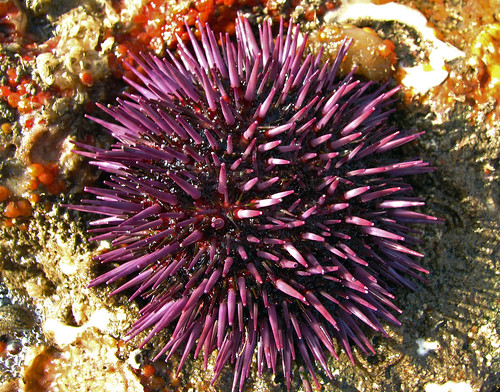 |
| Image by Joe McKenna |
And the giant red urchin (Strongylocentrotus franciscanus)
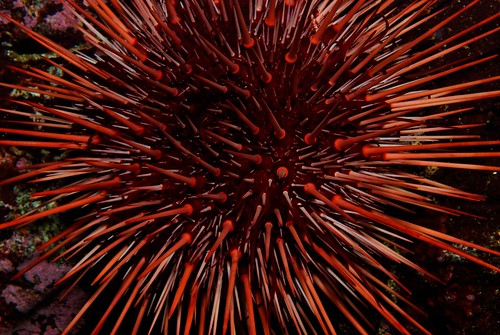 |
| Image by Dan Hershman |
and the deep-sea Allocentrotus fragilis
 |
| Image by NOAA Photo Library |
ALL of these are often inhabited by this beast! Syndisyrinx franciscanus
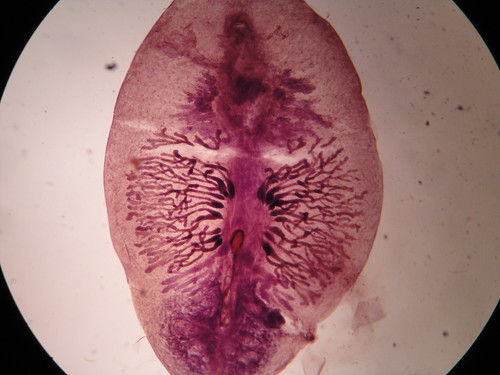 |
| Image by Chelsea L. Wood |
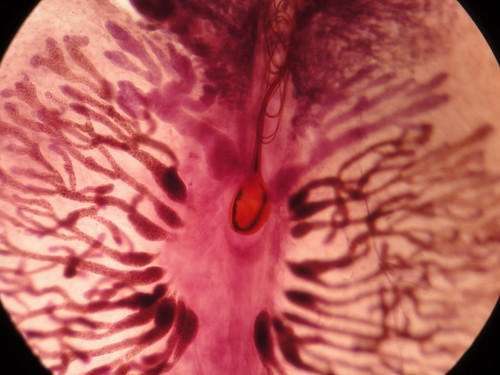 |
| Image by Chelsea L. Wood |
This one is called Syndesmis dendrastrorum
 |
| From the EOL page for S. dendrastrorum |
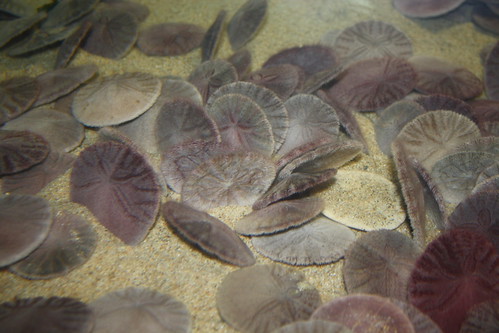 |
| Image by Patrick Warren |
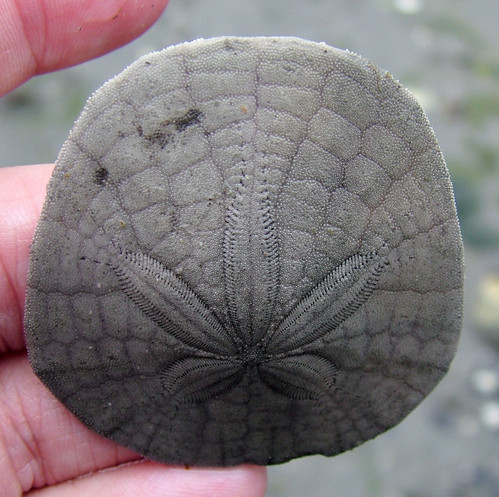 |
| Image by Cheryl Moorehead |
What do they do in there? Mostly, these live in the intestine feeding on the host's intestinal lining (the tissue) AND apparently also like to eat on the symbiotic protists (the ciliates) that ALSO live in the intestine of the host. But this apparently doesn't create any detrimental effects on the host. So-commensal rather than parasitic.
Apparently, the worms produce egg capsules are released into the intestine of the host and released outside with the feces. When the capsules are eaten by a new host, they become active.... probably a reaction to the intestinal fluid and proceed to live out their new life in the new host's intestine.
Flukes in Cukes!
A free-living worm lives in the Pacific NW sea cucumber Parastichopus californicus.
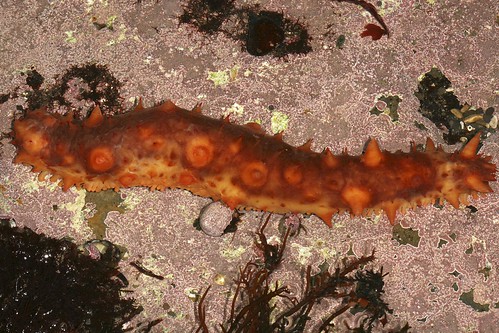 |
| Image by T. Van Nunnery |
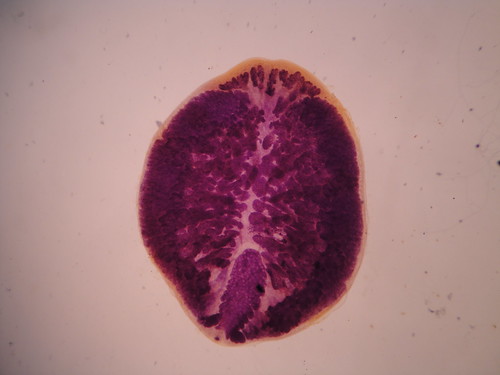 |
| Image by Chelsea L. Wood |
This species reaches the body cavity by penetrating the wall of the intestine..usually through the respiratory trees (feathery structures colored in blue in the pic). I've briefly mentioned this area as where some sea cucumbers can feed via their butt!
The eggs are spread out via the anus with the feces until they are devoured by a host.
Similar to the ones in urchins, the larvae hatch in response to digestive fluids in the intestine of the host. Get into the intestine, move to the respiratory trees and then further move out into the body cavity of their new host!
For more worm-starfish relations?
Go to this pic of Echinaster callosus and look closely at the short, striped things crawling on the swellings! this one has a tighter shot that shows them a little more easily..note the brown squares with the white stripes.. (and includes a shrimp to boot!) WOO! Acoel flatworms?
How many remain to be discovered??
 |
| Image by Chelsea L. Wood |
Starfish got worms too!
So, there aren't a lot of records of flatworms that live in/among sea stars. Six were recorded in asteroids..and oddly enough, the one below was not included. So maybe its something new?
Description of this pic indicated the cold-temperate North Atlantic asteriid species Leptasterias littoralis. Is this a commensal flatworm moving within the tube foot groove? Moving around on the surface? Something new? A convergence of two species by chance?
So, there aren't a lot of records of flatworms that live in/among sea stars. Six were recorded in asteroids..and oddly enough, the one below was not included. So maybe its something new?
Description of this pic indicated the cold-temperate North Atlantic asteriid species Leptasterias littoralis. Is this a commensal flatworm moving within the tube foot groove? Moving around on the surface? Something new? A convergence of two species by chance?
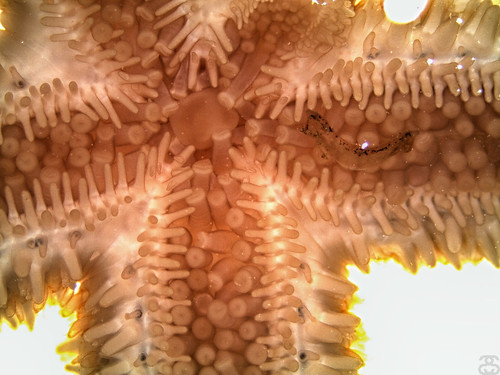 |
| Image by Nick Sleptov |
Go to this pic of Echinaster callosus and look closely at the short, striped things crawling on the swellings! this one has a tighter shot that shows them a little more easily..note the brown squares with the white stripes.. (and includes a shrimp to boot!) WOO! Acoel flatworms?
How many remain to be discovered??









